Written by Guest Contributor on The Prepper Journal.
Editors Note: Another guest contribution from John D to The Prepper Journal. As always, if you have information for Preppers that you would like to share and possibly receive a $25 cash award as well as be entered into the Prepper Writing Contest with a chance to win one of three Amazon Gift Cards with the top prize being a $300 card to purchase your own prepping supplies, enter today.
What’s your survival strategy? A fortified bunker? A well-stocked remote cabin? An armored vehicle that can withstand an EMP? Let’s face it, we’re probably not going to spend a fortune on things that we’ll never use, except in an apocalyptic situation. However, things that are useful in a pre-apocalyptic world, as well as in a post-apocalyptic world, are worthy of consideration.
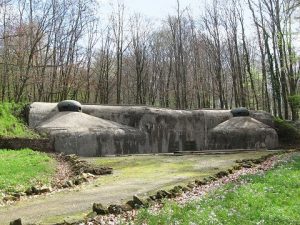
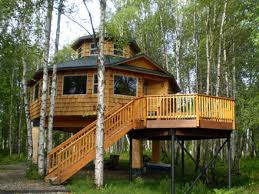
If you happen to have a remote cabin, you’ve acquired it for reasons other than survival. It may have a sustainable heat source, and possibly an off grid solar electric system. You may also have a few acres of land, hunting and fishing supplies, and an ATV to use on the property. These are excellent prepper assets. On the other hand, if you live in the city and have no remote cabin, you probably don’t have an ATV, or any of those other things. Millions of people fall into that category, and many will not survive when the SHTF. In the city, there’ll be too many people for the few available resources. In the city, when food and water run out, desperate people will do anything to get those things. Don’t despair, there is hope, but you’ll need a good plan, and the right equipment and supplies.
It’s especially nice when things you do, and purchases you make, happen to be valuable prepper activities and assets. Canning, or freeze-drying food, is a good example of that. Not only does it increase your food stockpile, it can also reduce your grocery bill. If you’re growing your own vegetables, you have the added bonus of pesticide-free food. You may have purchased a ZeroWater or Brita pitcher, for better quality drinking water on a day-to-day basis, but imagine the value of those when water no longer flows from your faucet.

The decisions you make, on a day to day basis, have survival implications. Perhaps you’ve opted for an under-the-sink water filter, instead of a filtered pitcher. That’s great for now, but if you bug out, you won’t be taking your installed water filter with you. If you stay in your home, but city water no longer flows, the installed water filter will be of no value to you. That’s not to say you shouldn’t install a water filter, but if you have to choose between the two, a filtered pitcher is a better choice from a survival standpoint.
Perhaps you have a couple of flashlights, and a few candles. You may have bought those when thinking about short-term power outages, but didn’t give any thought to a long-term outage. Do you have spare batteries? How long will your battery supply last? You may have a generator, but how long will your stored fuel last? Have you considered an off-grid solar electric system? Unlike batteries, candles, or generator fuel, solar power is sustainable power. A small system, with two to four panels and two to four batteries, can provide all of the light you’ll need, and also keep your food from spoiling by powering a small, energy-efficient refrigerator or freezer. A small solar-electric system can be portable. You can take it with you if you bug out, or use it in your home if you don’t. Solar panel(s) need not be installed on your roof, but could be placed in your backyard instead, hiding the fact that you have power, when others don’t. And unlike a generator, there’ll be no noise or smell to attract criminal predators (zombies). Ground-level panels are easier to take down and pack, facilitating a speedy bug out, in the event you need to do that. Solar panels can be mounted on a frame, made out of PVC tubing. The frame can be easily disassembled, packed, transported, and reassembled at your bugout site.
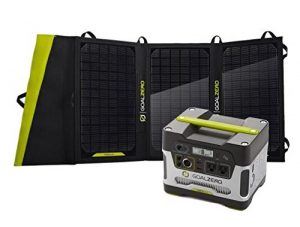
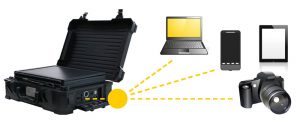
If you live in the city, you probably wouldn’t buy an EMP-proof, off-road ATV. In addition to taking up space in your garage, you’re going to have to start it up once in a while. You’ll need to make sure it’s in good condition, and ready to roll, if and when you need it. Fuel will have to be changed periodically, to make sure it’s fresh, and the battery will have to be kept charged. For me, that seems like a lot to put up with, for a vehicle that I can’t use. You may consider your bicycle as an alternative to an EMP-damaged car, for bugging out, but you’ll be severely limited when it comes to carrying supplies. That may be fine if you’re bugging out to a nearby friend or relatives home, but it could be a big problem if you’ll be camping out. As I mentioned in a previous article, if I can’t escape in my car, I’ll make my getaway on my riding lawn mower, pulling a small trailer. It’s slow, and it’s noisy, but I suspect it can get me to my bug-out location with the supplies and equipment I’ll need to survive. I suspect I’ll be traveling with others, who are also escaping unsafe conditions at the edge of a large metropolitan area.
Hardening your home is another project that has an immediate benefit, as well as a benefit after the SHTF. Longer screws in door hinges and jambs cost very little. Those won’t stop determined criminals from getting in, but it will slow them down and cause them to make a lot of noise. That’s where an investment in weapons and ammunition comes in handy. There are an abundance of articles concerning hardening your home, so I won’t repeat that information here


For many, a good prepping strategy must include a bug out plan. A good bug out plan needs to address three main areas of concern: 1. A good bug out site. 2. Getting to the bug out site safely. 3. Bringing the supplies you’ll need for long-term survival, or having those things already available at the bug out site. For some, the bug out site may be the home of a friend or relative. For others, it may be a remote cabin. Still others may have to depend upon a location suitable for camping out.
Summary/Conclusion:
When food and water run out, you’ll have to leave the security of your home to find those things. You may not be able to return. To make matters worse, an EMP event may have damaged your car, forcing you to leave on foot, with only the items you can carry on your back. Some may escape on bicycles, but most travelers will be on foot, heavily loaded down with supplies. The bottom line is this: When the SHTF, we’ll do the best we can with the resources we have, not the things we wish we had. If your bug out options leave you with no choice other than camping, you’re going to need more supplies than you can carry on your back. You may not be able to purchase the items you’ll need after the SHTF, so you need to get them before it’s too late, and you’ll need a plan for transporting those things. Even homeless people seem to understand that, as they can often be seen pushing shopping carts around. Living off of the land is harder than you might imagine, so don’t be caught without the necessary equipment and supplies.
Practicing survival skills is important, but I’m not talking about slaying zombies. Simply working in your own garden helps to fine-tune an important survival skill. Being an above-average fisherman, bow hunter, or trapper are skills you develop with time and practice. These are just some of the activities that you might find enjoyable now, but may save your life in the future. Dreaming about a fortified survival bunker does you no good. Purchasing items that you can’t use doesn’t make much sense either. Make a list of things you own now, that can also be essential for survival, if things get bad. Evaluate your shortcomings. Prioritize. Before you buy anything, consider size and weight. Collapsible water containers, for example, take up less space than 5-gallon buckets. If you’ve been thinking about a water purification pitcher, hardening your home, preserving food, an alternative source of electricity, a weapon, fishing supplies, and so on, what are you waiting for? You’ll benefit now, and you’ll be better prepared for a SHTF situation. There’s no down side.
Decision Flow Chart:
- Will I benefit from owning it now?
- Will it be of value after the SHTF?
- Is it portable?
- Can I afford it?
If the answer to all questions is yes, then buy it!
The post Practical Prepping appeared first on The Prepper Journal.
from The Prepper Journal
Don't forget to visit the store and pick up some gear at The COR Outfitters. How prepared are you for emergencies?
#SurvivalFirestarter #SurvivalBugOutBackpack #PrepperSurvivalPack #SHTFGear #SHTFBag

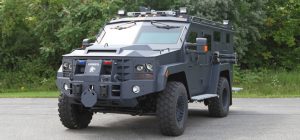
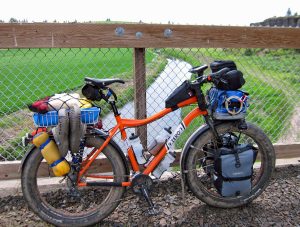
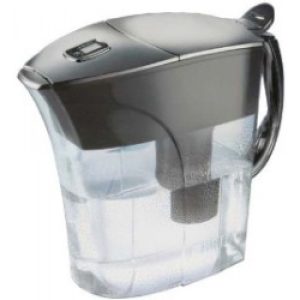
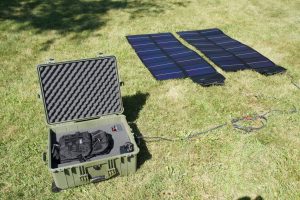
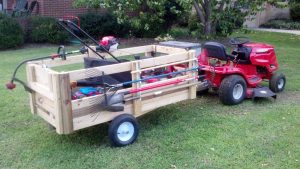
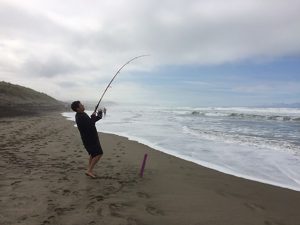
No comments:
Post a Comment